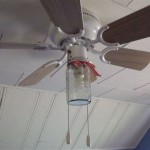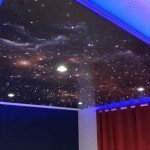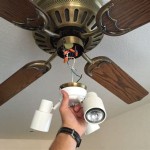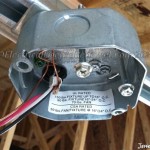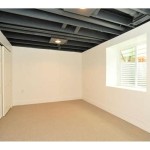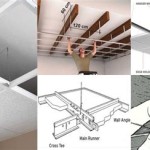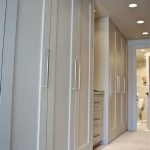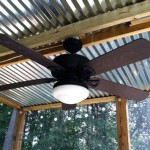What Is A Suspended Ceiling Grid?
A suspended ceiling grid, also known as a ceiling grid system or simply a ceiling grid, is a structural framework that supports a suspended ceiling. This framework is typically made from metal, often aluminum or galvanized steel, and consists of a series of interconnected components that form a grid pattern. These grids are designed to be strong, lightweight, and easy to install, making them a popular choice for a wide range of applications.
Suspended ceilings are commonly used in both residential and commercial settings, offering a variety of benefits over traditional plastered ceilings. They provide flexibility for access to concealed wiring and plumbing, allow for easy maintenance and repairs, and can help improve the overall aesthetics of a space. The suspended ceiling grid plays a crucial role in supporting and stabilizing the ceiling panels, ensuring a secure and aesthetically pleasing finished product.
Key Components of a Suspended Ceiling Grid
A suspended ceiling grid is composed of several key components that work together to create a robust and functional framework:
- Main Tees: These are the horizontal beams that run across the length of the ceiling, forming the main structural support for the grid.
- Cross Tees: These are shorter beams that intersect with the main tees at right angles, forming the grid pattern.
- Hangers: These are metal components that attach to the main tees and are used to suspend the grid from the ceiling structure.
- Ceiling Tiles: These are the panels that are placed within the grid, forming the actual ceiling surface. They are available in a wide range of materials, finishes, and sizes.
The size and configuration of these components can vary depending on the specific requirements of the project and the type of ceiling tiles being used. For example, heavier ceiling tiles may require a sturdier grid with thicker main tees and more hangers for support.
Types of Suspended Ceiling Grids
There are different types of suspended ceiling grids available, each with its own advantages and disadvantages. Some common types include:
1. Standard Grids
These are the most basic and widely used types of grids. They typically consist of T-shaped main tees and cross tees that are easily interconnected. Standard grids are suitable for a wide range of applications, including offices, retail spaces, and classrooms.
2. Fine Grids
Fine grids have smaller spacing between the main tees and cross tees, creating a finer grid pattern. They are commonly used in applications where smaller ceiling tiles are required, such as in high-end residential projects or where a more detailed aesthetic is desired.
3. Heavy-Duty Grids
These grids are designed to support heavier ceiling tiles or loads. They feature thicker main tees and more hangers, ensuring a strong and stable framework. Heavy-duty grids are often used in industrial settings, commercial kitchens, or areas with high traffic.
Benefits of Suspended Ceiling Grids
Suspended ceiling grids offer several benefits over traditional plastered ceilings, making them a popular choice for modern construction projects:
1. Access and Flexibility
Suspended ceilings provide easy access to the space above the ceiling, allowing for convenient maintenance and repairs of wiring, plumbing, or other concealed utilities. The grid system can be easily disassembled and reassembled, allowing for access without damaging the ceiling surface.
2. Aesthetics and Customization
Suspended ceilings can be customized with a wide range of ceiling tiles, offering a variety of colors, textures, and patterns. This allows for the creation of unique and aesthetically pleasing spaces that meet the specific design requirements of the project.
3. Improved Acoustics
Some ceiling tiles are specifically designed to improve the acoustics of a space. This can be particularly beneficial in commercial settings, such as offices, where noise levels can be high.
4. Fire Safety
Many ceiling tile materials are fire-resistant, contributing to the overall fire safety of the building. The grid system also allows for the installation of fire sprinklers and other fire suppression systems.
Suspended ceiling grids are a versatile and practical solution for modern construction projects, offering a range of benefits that enhance the functionality, aesthetics, and safety of a space.

A Basic Guide To Suspended Ceiling Grids Tiles

Hg Grid 100 Sq Ft Suspended Ceiling Kit White

Suspended Ceiling Installation Ceilings

Suspended Ceilings Acoustic Ceiling Tiles Panels Archtoolbox

Suspended Ceiling Systems Ceilings Armstrong Residential

A Typical Suspended Ceiling Components 13 B Back Bracing Scientific Diagram

10 Advantages And Benefits Of A Suspended Ceiling

Hg Grid Vinyl Suspended Ceiling Installation

Standard Suspended Ceiling Grid Starrco Modular Systems

Suspended Ceiling Tiles Grid Suspension System Frame Metal Main Tee Cross Trim
Related Posts

